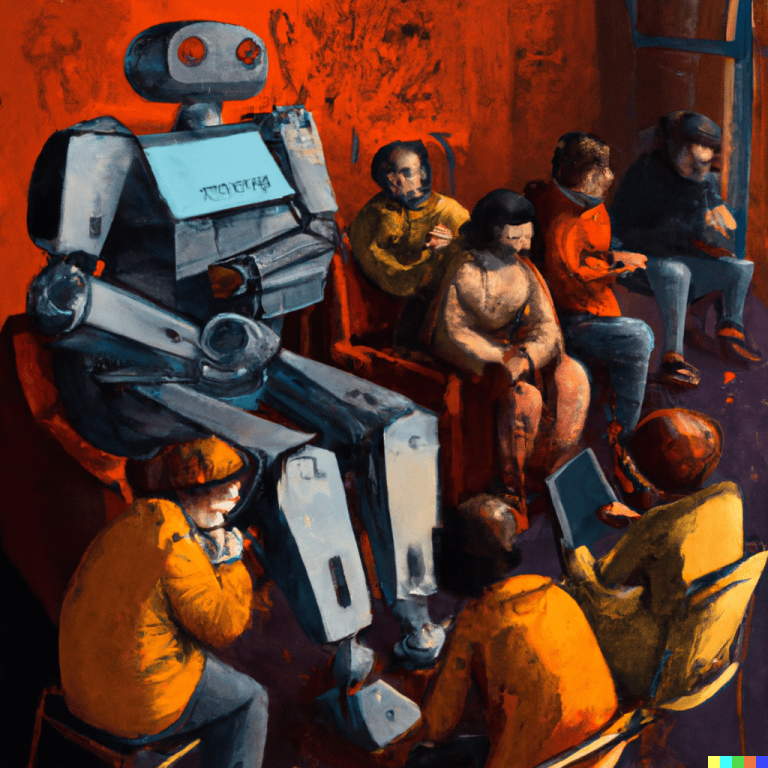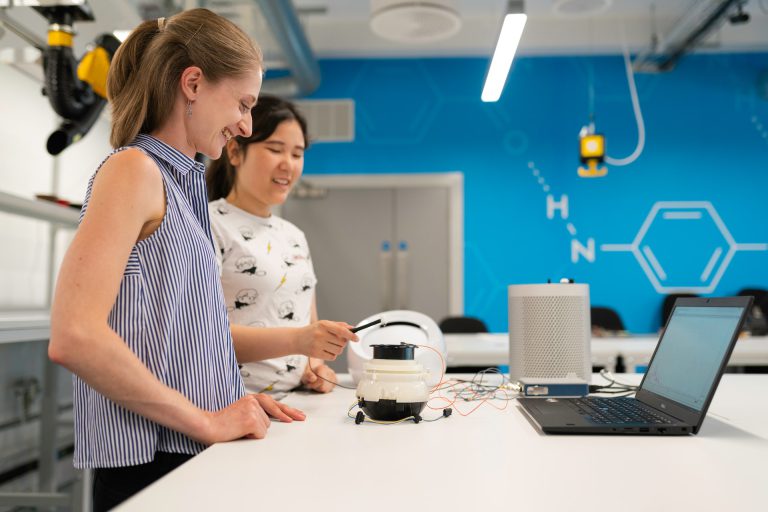Teaching practices and digital skills during the lockdown
10 June, 2020
It’s now nearly three months since we were confined to our homes because of the COVID-19 outbreak, and it appears that this will continue for some time despite some relaxing of the restrictions. In this time we have seen a number of teaching practices at all educational levels. For some of us, it’s been seeing what our children do at school (my teenage daughters are at secondary school). For others, it’s been the courses and webinars that have sprung up all over and which we have signed up for en masse to fill the hours of confinement, while for others, it’s been talking to colleagues in other universities, particularly through our projects with Latin America.
We’ve seen a lot of things, often with lots of improvisation and the best of intentions, from teachers and, due to professional bias, I have categorized them as good and bad practices. I say bad practices, but that’s not really true: in a case of enforced emergency remote teaching everyone did the best they could to the best of their ability, but some attempts have been more successful than others. This was due not only to the age of the teachers, but also importantly, I think, to teachers’ digital skills.
Good teaching practices
- I have attended workshops with hundreds of people in a brilliant use of Zoom Rooms to form small groups and do work separately.
- I’ve been in webinars with a lot of people where tools to encourage participation have captured the audience’s attention.
- I’ve seen secondary school teachers who understand what blended teaching might involve (maybe we’ll see it in September) and make use of videoconferences to work on the theory their students are to read up on.
- There are Maths and Chemistry teachers who have entered the world of giving videotutorials in their subjects. Teenagers love YouTube tutorials. Never before had the method for solving quadratic equations or chemical nomenclature been so well understood.
- I’ve taken part in Instagram Live videos with two speakers, where viewers’ comments were taken into account at all times.
- Secondary school teachers have made the most of the situation and current events to set up fake news workshops where the students had to come up with misleading information on coronavirus, like that which we see every day on social media.
Bad practices Opportunities for improvement
- Lectures with secondary school students. I’ve seen videoconferences with teachers talking for an hour and 25 kids with their webcams turned off (not paying attention and playing games or talking about other things on another channel). Teenagers invariably have advanced knowledge of “other channels”.
- Teachers with no idea of how to get audiences to participate in a videoconference. An hour-long class spent going from student to student asking their opinion on a subject.
- Very bored students. Very often.
- Webinars with several speakers where each speaker has to waste five minutes due to problems with the camera or not knowing how to share presentations.
- MOOCs with never-ending lessons, where the takeaway is two ideas, after having watched a twenty-minute video.
- Webinars where the speakers ignore the feedback in the comments.
All this illustrates the lack of digital skills of many teachers and speakers. Things like group work and digital literacy are basic these days, not just for teaching but to be digital citizens.
For instance, many people just don’t know that there are tools for giving classes or online workshops that offer real opportunities for participation. In terms of specific tools, you can do some cool stuff with:
- Zoom Breakout Rooms. This Zoom option enables a meeting with many participants to be divided into up to 50 mini-sessions in which it is easier to communicate, discuss and then bring the ideas worked on to the whole group.
- Tools for doing tests, polls, collaborative walls, tag clouds… in short, for asking for opinions: Kahoot, AhaSlides, Mentimeter, Poll Everywhere and Padlet.
- Online sticky note tools and spaces for more complex online collaborative work: Note.ly, Miro.com, Lucidchart and Stormboard.
The takeaway from all this in the long term could be the digital transformation of education, or at least the spread of certain teacher skills training practices, but in the short term we are bound to see people overcome their fear of online teaching or of teleworking from home. Obviously, we also need to invest a little more – each according to their means: parents, schools and universities – in honing digital skills so that everyone has the same tools and students all have the same opportunities.
Image within the text: pixabay.com
Header image: hj barraza on Unsplash






